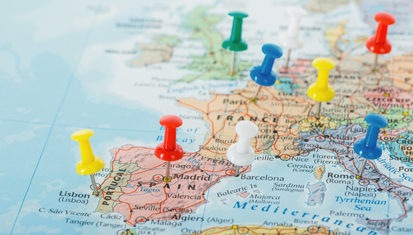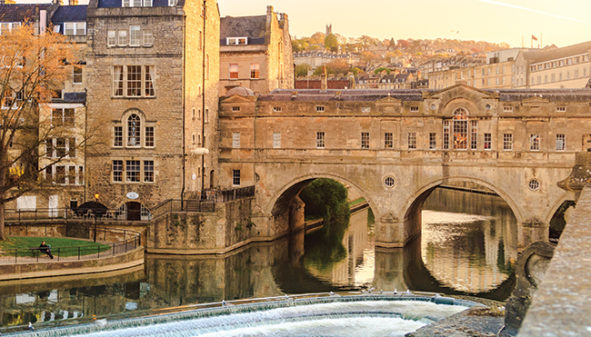Geographical indication protection and its potential for non-agricultural products
The European Union’s Geographical Indications (GI) scheme protects agricultural products that have close and established links to a particular European region. Examples include well known product such as Parma Ham, Champagne and Feta cheese. However, what about non-agricultural products? Should they also be considered for GI protection? And what would be the economic impact of such a protection and recognition? In light of these questions, DG GROW tasked Ecorys together with VVA, ConPolicy, and GDCC to analyse the economic effects of GI protection for non-agricultural products.
In particular, the study assessed what effect a potential introduction of GI protection might have on consumers, producers, and on the regional economies where the products are produced. For this study, we conducted an extensive review of the literature on the topic of GI protection, conducted interviews with producers and visited their production facilities. We also visited shops on location to evaluate the presence of non-authentic products and the general presentation of these products to consumers, and conducted behavioural experiments on how consumers perceive and value products with geographical indications.
For the analysis, we selected 25 products out of a longlist of 322 products across the European Union. These ranged from cutlery, over jewellery and furniture to porcelain and ceramic products. The selection of products included for example Solingen Cutlery, Gablonzer Fashion Jewellery, Furniture from Yecla, Pottery from Bolesławiec, and Delft Blue Pottery.
The analysis found that there is a high level of enthusiasm for GI protection among producers. GI protection can have a positive impact by requiring cooperation between producers and setting up strong supporting institutions. Some producer clusters already have such support structures others were positive about setting them up. The research showed that GI protection can slightly limit the availability of non-authentic products, reduce misleading commercial practices and increase consumer information and confidence. However, in contrast to agricultural products, a major issue for non-agricultural products is the copying of the design of products. This would not be protected under a GI protection scheme. Nevertheless , GI protection helps building reputation and provides better visibility to producers and regions alike, thereby also supporting other sectors such as tourism.
A challenge, is however, the establishment of a link between the region and the product. This is often less obvious than for agricultural products that are actually growing in the region. In some cases, traditional skills, local raw materials or historical reputation as well as cultural and social heritage can establish such a link. However, often producers innovate and production methods have evolved, while raw materials are sourced from all over the world, and some products’ historical links are not as exclusively linked to one specific region as it seems at first.
Here you can read the full report and its annexes.
For more information about the project, you can contact Michael Flickenschild, Michael Fuenfzig or Anne Winkel.

28 April 2020
2 minute read


